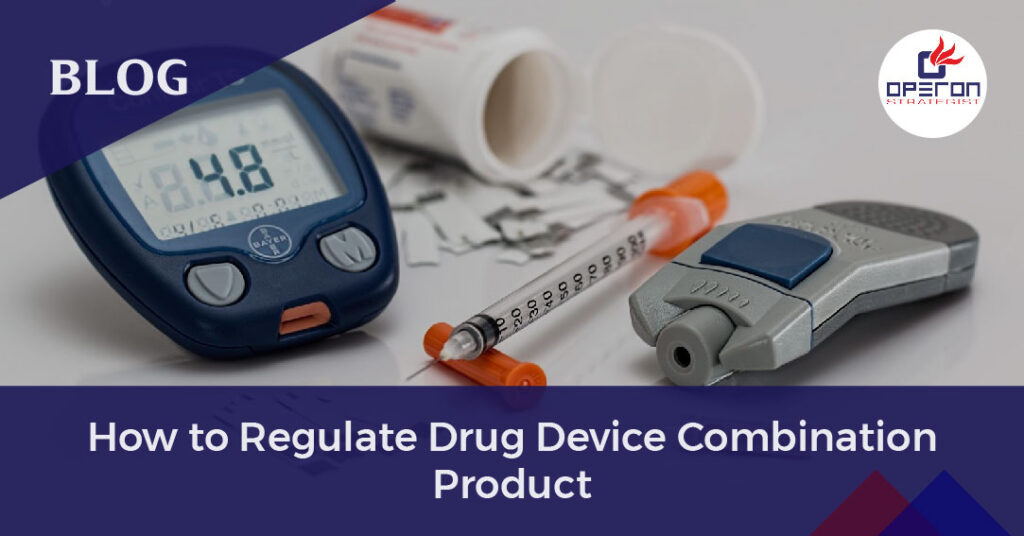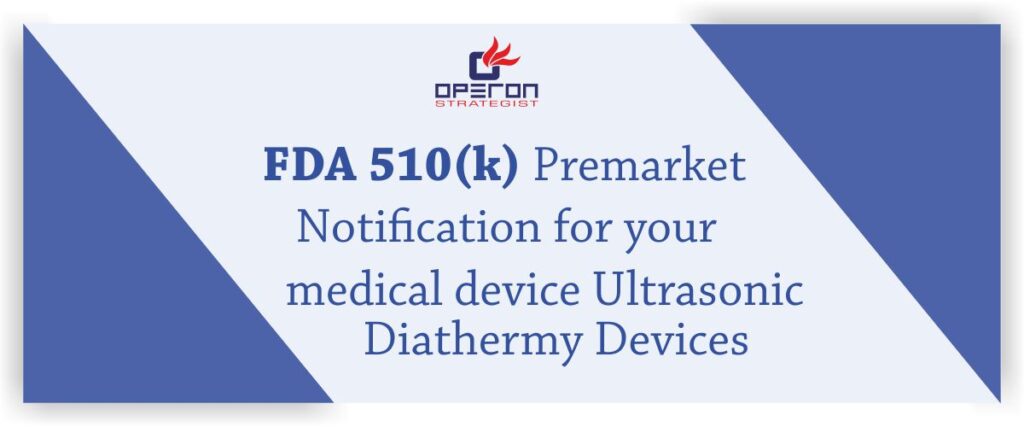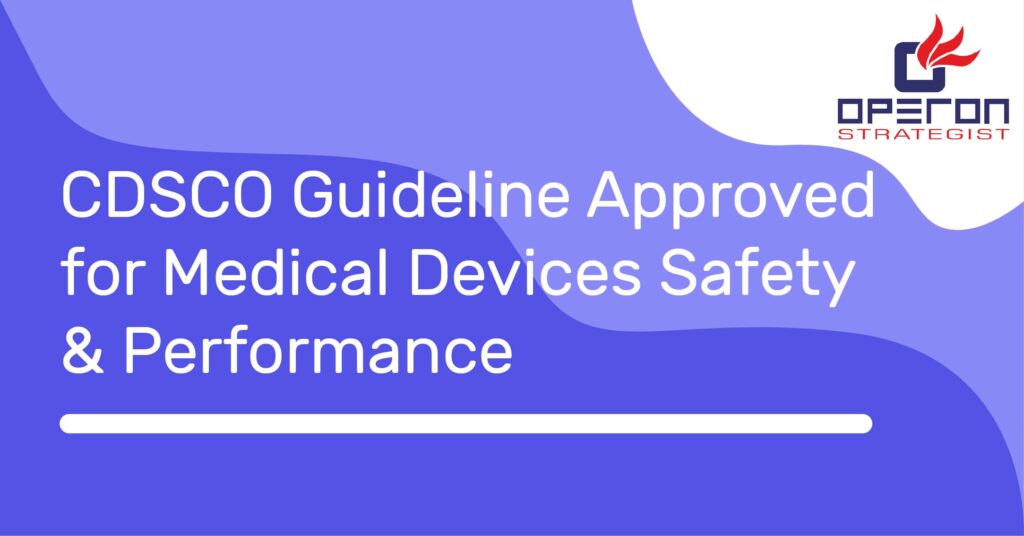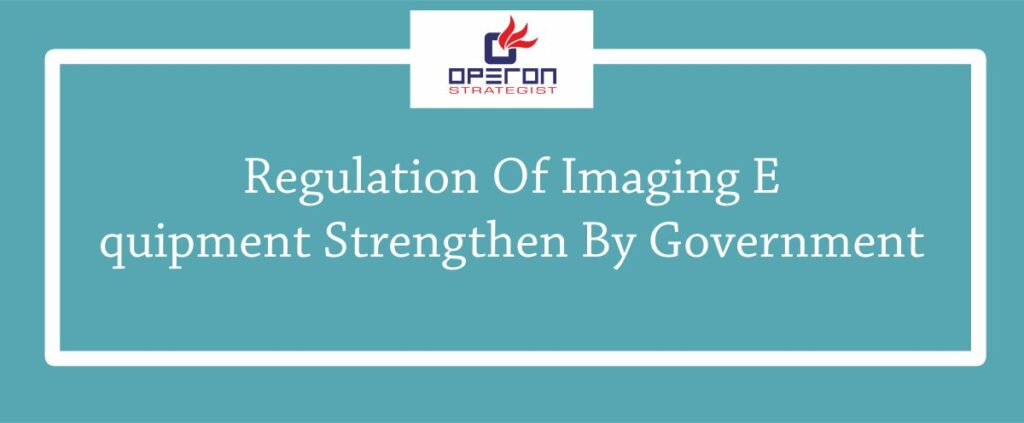Introduction:
In the realm of healthcare, innovation often emerges at the intersection of different disciplines. One such area is the development of drug device combination products, which marry pharmaceuticals with medical devices to enhance therapeutic outcomes and patient experiences. However, bringing these products to market involves navigating a complex regulatory landscape that requires a thorough understanding of both pharmaceutical and medical device regulations.
In this blog, we delve into the intricacies of regulating drug device combination products and offer insights into the key steps and considerations involved in this process.
You can also check our service page on the drug-device combination products for more details.
Looking for a Medical Device Regulatory Consultant?
Let’s have a word about your next project
Understanding Drug Device Combination Products:
Drug device combination products are precisely what the name suggests: products that combine drugs and medical devices in a single entity. These products can take various forms, such as drug-eluting stents, metered-dose inhalers, or transdermal patches delivering medication. The integration of drugs and devices offers several advantages, including targeted delivery, improved efficacy, and enhanced patient compliance.
Regulatory Framework:
Regulating drug device combination products requires compliance with both pharmaceutical and medical device regulations, adding layers of complexity to the approval process. In the United States, the regulatory oversight of these products falls under the purview of the Food and Drug Administration (FDA), specifically the Center for Drug Evaluation and Research (CDER) and the Center for Devices and Radiological Health (CDRH).
Key Steps in Regulating Drug Device Combination Products:
- Determining Regulatory Pathway: The regulatory pathway for a particular combination product depends on its primary mode of action (PMOA). If the drug component is primary, the product is regulated as a drug, whereas if the device component is primary, it falls under medical device regulations. For combination products with dual PMOA, a case-by-case assessment is conducted to determine the appropriate pathway.
- Pre-submission Meetings: Before initiating the formal regulatory submission process, it is advisable to engage in pre-submission meetings with the FDA. These meetings provide an opportunity to discuss product development plans, regulatory requirements, and any potential challenges or uncertainties.
- Design Controls: Developing drug device combination products necessitates adherence to stringent design control principles to ensure product safety, efficacy, and quality. Establishing comprehensive design controls early in the development process is essential for meeting regulatory expectations.
- Integrated Quality Systems: Since combination products involve the convergence of different technologies, establishing integrated quality systems is imperative. These systems should encompass elements of both pharmaceutical and medical device quality management to ensure compliance with relevant regulations.
- Human Factors Engineering: Considering the interaction between patients and combination products, human factors engineering plays a crucial role in product design and development. Evaluating user interactions, ergonomic considerations, and usability testing are integral aspects of ensuring patient safety and product effectiveness.
- Post-Market Surveillance: Regulatory obligations extend beyond product approval, encompassing post-market surveillance activities such as adverse event monitoring, complaint handling, and quality system audits. Maintaining robust post-market surveillance mechanisms is essential for identifying and addressing any safety or efficacy concerns that may arise post-launch.
Conclusion:
Regulating drug device combination products necessitates a nuanced understanding of both pharmaceutical and medical device regulations. By following a systematic approach encompassing pre-submission interactions, comprehensive design controls, and integrated quality systems, developers can navigate the regulatory landscape effectively. Embracing principles of human factors engineering and prioritizing post-market surveillance further enhances product safety and patient outcomes. As innovation continues to drive advancements in healthcare, adept navigation of the regulatory framework is essential for bringing safe, effective, and innovative drug device combination products to market.
How Can Operon Strategist Provide Expert Assistance in Regulating Drug Device Combination Products?
Discover how Operon Strategist can guide you through the complexities of regulating drug device combination products with expert assistance tailored to your specific needs. From navigating regulatory pathways to ensuring compliance with stringent standards, our seasoned professionals provide strategic insights and practical solutions to streamline your regulatory journey. Contact us today and unlock the path to regulatory success for your innovative products.

-
Operon Strategisthttps://operonstrategist.com/author/snehal/
-
Operon Strategisthttps://operonstrategist.com/author/snehal/
-
Operon Strategisthttps://operonstrategist.com/author/snehal/
-
Operon Strategisthttps://operonstrategist.com/author/snehal/




